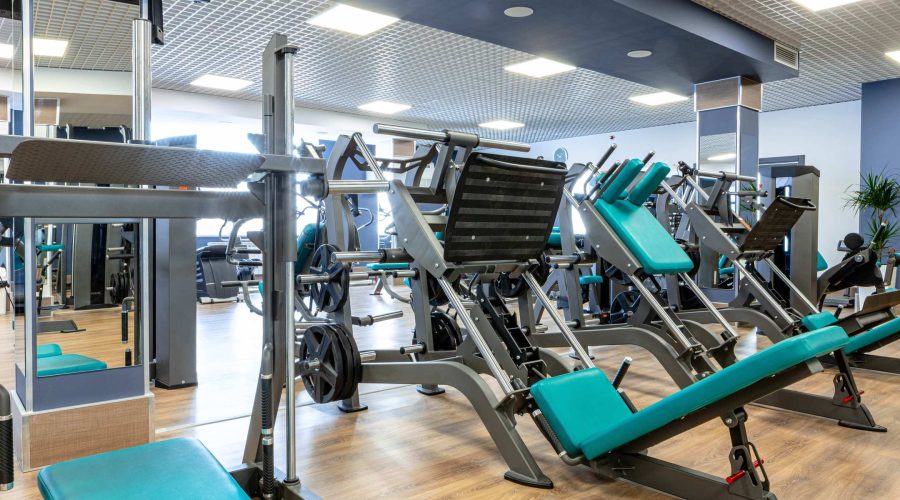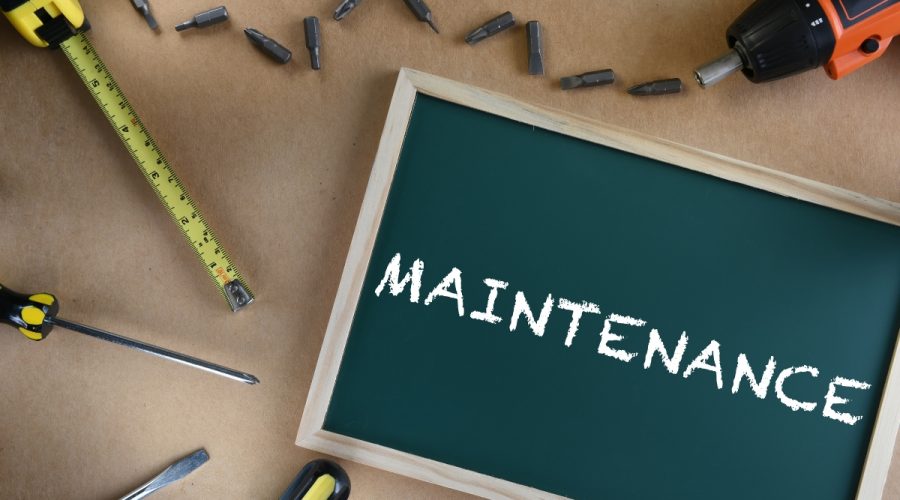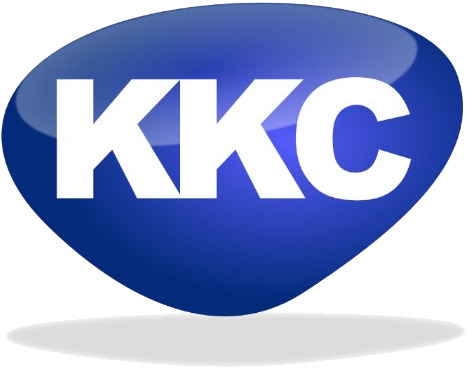Planned Preventive Maintenance (PPM) is a proactive maintenance strategy aimed at ensuring that equipment and systems operate at optimal efficiency. It involves scheduling regular inspections, servicing, and repairs based on time or usage, rather than waiting for equipment to fail. This approach contrasts sharply with reactive maintenance, which addresses issues only after they manifest as problems. PPM is often seen as a cornerstone of effective asset management, helping organisations mitigate risks associated with equipment failures and ensuring a continuity of operations.
At its core, PPM is about foresight and planning. It involves creating a detailed maintenance schedule that aligns with the operational requirements of the business. By identifying critical assets and establishing a routine for their upkeep, companies can systematically reduce the likelihood of unexpected breakdowns. The emphasis on planning also allows for better resource allocation, helping to ensure that maintenance tasks are performed when they are most needed and with m inimal disruption to regular operations.
In an era where operational efficiency is paramount, understanding the principles of PPM is essential for businesses looking to optimise their processes. It not only enhances the reliability of equipment but also contributes to a more structured approach to maintenance that can be tailored to the specific needs of an organisation. This strategic focus on preventive measures lays the groundwork for a comprehensive maintenance culture that prioritises long-term asset health and operational sustainability.
The importance of PPM for companies
In today’s competitive market, companies face immense pressure to maintain high levels of productivity while managing costs effectively. This is where Planned Preventive Maintenance (PPM) becomes invaluable. By prioritising preventive measures, organisations can significantly reduce operational disruptions that arise from equipment failures. The financial implications of unplanned downtime can be staggering, often leading to lost revenue, decreased customer satisfaction, and a tarnished brand reputation. PPM serves as a protective measure against these risks by facilitating timely interventions before issues escalate.
Furthermore, PPM is essential for optimising resource allocation. By implementing a structured maintenance schedule, businesses can better manage their workforce and inventory. Technicians can be assigned specific tasks based on a predetermined timeline, reducing the chaos typically associated with emergency repairs. This streamlined approach not only enhances productivity but also fosters a more organised work environment, where employees can focus on their primary responsibilities rather than constantly addressing maintenance emergencies.
Additionally, the importance of PPM extends beyond immediate operational benefits. A well-executed preventive maintenance programme contributes to the overall longevity of assets, helping to maximise return on investment. By extending the lifecycle of equipment and reducing the frequency of costly repairs and replacements, companies can channel their resources more effectively. This strategic investment in maintenance ultimately supports long-term growth and sustainability, reinforcing the idea that PPM is not just a cost but a valuable investment in the future of the organisation.
Key benefits of implementing PPM
The implementation of Planned Preventive Maintenance (PPM) comes with a plethora of advantages that can significantly enhance operational performance. One of the primary benefits is the reduction in unexpected breakdowns. By regularly inspecting and maintaining equipment, companies can identify and rectify potential issues before they lead to significant failures. This proactive approach not only saves time but also minimises the financial impact associated with unplanned repairs and downtime.
Another critical benefit of PPM is the optimisation of maintenance resources. With a structured maintenance schedule, organisations can allocate their workforce more effectively, ensuring that technicians are engaged in meaningful work rather than responding to emergencies. This streamlined approach not only increases efficiency but also fosters a more focused and productive work environment. Employees can be trained and prepared for specific maintenance tasks, which enhances their skills and job satisfaction.
Moreover, PPM can lead to improved safety and compliance within the workplace. Regular maintenance checks ensure that equipment operates within safety standards, reducing the risk of accidents and injuries. Companies that prioritise safety and adhere to regulatory requirements can avoid costly fines and legal issues. Additionally, a commitment to safety enhances employee morale and promotes a culture of responsibility, which can further drive engagement and productivity across the organisation.
Maximising operational efficiency with PPM
Maximising operational efficiency is a critical goal for any organisation, and Planned Preventive Maintenance (PPM) plays a pivotal role in achieving this objective. By implementing a PPM programme, companies can ensure that their equipment operates at peak performance, which directly correlates to higher productivity levels. Regular maintenance activities help to eliminate inefficiencies caused by wear and tear, allowing machinery to function optimally and reducing energy consumption.
Furthermore, PPM aids in the standardisation of maintenance processes, which contributes to enhanced operational efficiency. By establishing clear procedures and schedules for maintenance tasks, companies can create a more predictable and manageable workflow. This standardisation not only helps to reduce variability in maintenance outcomes but also ensures that all employees understand their roles and responsibilities. As a result, the organisation can achieve higher levels of consistency in its operations, leading to improved overall performance.
Another key aspect of maximising efficiency through PPM is the ability to leverage data analytics. Many modern PPM systems incorporate advanced analytics tools that allow companies to track performance metrics and identify trends over time. By analysing this data, organisations can make informed decisions about their maintenance strategies, ensuring that resources are allocated effectively. This data-driven approach not only enhances the efficiency of maintenance operations but also supports continuous improvement initiatives aimed at optimising overall business processes.
Minimising downtime through PPM
Minimising downtime is a significant concern for any business, as even short periods of inactivity can result in substantial financial losses. Planned Preventive Maintenance (PPM) is instrumental in addressing this challenge by ensuring that equipment is consistently monitored and maintained. By scheduling regular inspections and servicing, companies can identify potential issues before they manifest as breakdowns, thus avoiding unplanned downtime that interrupts operations.
One of the most effective ways that PPM minimises downtime is through its systematic approach to maintenance. Maintenance tasks are scheduled during off-peak hours or planned shutdowns, allowing for critical work to be carried out without disrupting production. This strategic timing enables businesses to maintain continuity while ensuring that equipment remains in good working order. The result is a smoother operation with fewer interruptions, enabling companies to meet customer demands consistently.
Additionally, the implementation of PPM fosters a culture of proactive maintenance within organisations. When employees understand the importance of regular maintenance and its impact on operational efficiency, they become more engaged in the upkeep of equipment. This cultural shift can lead to better care of assets, as employees are more likely to report minor issues before they escalate into significant problems. By promoting this proactive mind-set, businesses can significantly reduce the likelihood of unexpected downtime, ensuring that they remain competitive in their respective markets.
Steps to implement an effective PPM programme
Implementing a successful Planned Preventive Maintenance (PPM) programme requires a structured approach that involves careful planning and execution. The first step is to conduct a comprehensive assessment of existing assets and equipment. This involves identifying critical equipment, understanding their operational requirements, and determining the frequency of maintenance needed. By developing an asset inventory, organisations can prioritise their maintenance efforts and ensure that essential equipment receives the attention it requires.
Following the assessment, the next step is to develop a detailed maintenance schedule. This schedule should outline specific maintenance tasks, their frequency, and the resources needed to complete them. It’s essential to involve relevant stakeholders, including maintenance personnel and operational managers, in this process to ensure that the schedule aligns with overall business objectives. Clear communication about maintenance schedules can help mitigate disruptions and enhance coordination across teams.
Once the maintenance schedule is established, the organisation must focus on training and equipping staff for the tasks ahead. Providing training on maintenance procedures, safety protocols, and the use of specific tools and technologies is crucial for ensuring that employees are competent and confident in their roles. Furthermore, leveraging technology, such as Computerised Maintenance Management Systems (CMMS), can streamline scheduling, tracking, and reporting processes, making it easier to manage the PPM programme effectively.
Tools and technologies for PPM
The landscape of Planned Preventive Maintenance (PPM) has evolved significantly with the advent of modern technology. Various tools and technologies are now available to assist organisations in implementing and managing their PPM programmes effectively. One of the most essential tools is a Computerised Maintenance Management System (CMMS). This software solution allows companies to schedule maintenance tasks, track work orders, and manage inventory efficiently. With a CMMS, businesses can gain real-time insights into asset performance and maintenance history, enabling informed decision-making.
In addition to CMMS, mobile applications have become increasingly popular for managing maintenance tasks on the go. These apps allow technicians to access maintenance schedules, report issues, and update work orders from the field. The use of mobile technology enhances communication between maintenance teams and operational staff, ensuring that everyone is aligned and informed about ongoing maintenance activities. This connectivity can lead to quicker response times and improved coordination, ultimately contributing to a more effective PPM programme.
Another emerging technology that enhances PPM is predictive maintenance. By leveraging data analytics and the Internet of Things (IoT), organisations can monitor equipment performance in real-time and anticipate failures before they occur. Sensors can collect data on various parameters, such as temperature, vibration, and usage patterns, providing valuable insights into the health of machinery. This predictive approach enables companies to move beyond traditional scheduled maintenance and focus on data-driven interventions, optimising both maintenance efforts and operational efficiency.
PPM best practices and tips
To maximise the effectiveness of a Planned Preventive Maintenance (PPM) programme, organisations should adhere to several best practices that promote successful implementation. Firstly, it is essential to maintain an accurate asset inventory. Knowing what equipment is in operation, its maintenance history, and its specific requirements allows businesses to prioritise their maintenance efforts effectively. Regularly updating this inventory ensures that no critical asset is overlooked and that maintenance schedules remain relevant.
Secondly, developing a culture of communication and collaboration is vital for a successful PPM initiative. Engaging all stakeholders, from maintenance personnel to operational managers, in the planning and execution phases fosters a sense of ownership and accountability. Regular meetings to review maintenance schedules, discuss challenges, and celebrate successes can enhance teamwork and ensure that everyone is on the same page. This collaborative environment encourages the sharing of insights and continuous improvement.
Lastly, organisations should leverage data and analytics to inform their PPM strategies. By analysing maintenance performance metrics, such as response times, completion rates, and equipment downtime, businesses can identify areas for improvement. Implementing a feedback loop that allows for the continuous evaluation of the PPM programme helps organisations adapt and refine their strategies to meet evolving operational needs. This data-driven approach ensures that maintenance efforts remain aligned with business objectives, ultimately leading to enhanced operational efficiency and reduced costs.
Conclusion: Embracing PPM for long-term success
In conclusion, Planned Preventive Maintenance (PPM) offers a robust framework for companies seeking to maximise operational efficiency and minimise downtime. The proactive nature of PPM not only reduces the likelihood of unexpected equipment failures but also optimises resource allocation, enhances safety, and prolongs the lifespan of assets. By implementing a well-structured PPM programme, organisations can create a culture of maintenance that prioritises long-term sustainability and operational excellence.
As businesses continue to face increasing pressures to perform, embracing PPM as a strategic initiative will enable them to stay competitive in their respective markets. By investing in the necessary tools, technologies, and training, companies can streamline their maintenance efforts and ensure that their operations run smoothly. The benefits of PPM extend far beyond immediate cost savings; they pave the way for a resilient organisation capable of adapting to changing demands and seizing new opportunities.
Ultimately, the journey towards effective PPM implementation is not merely about maintaining equipment; it is about fostering a mind-set that values proactive action and continuous improvement. As organisations embrace PPM, they will be better positioned to navigate the complexities of modern business and achieve long-term success.





